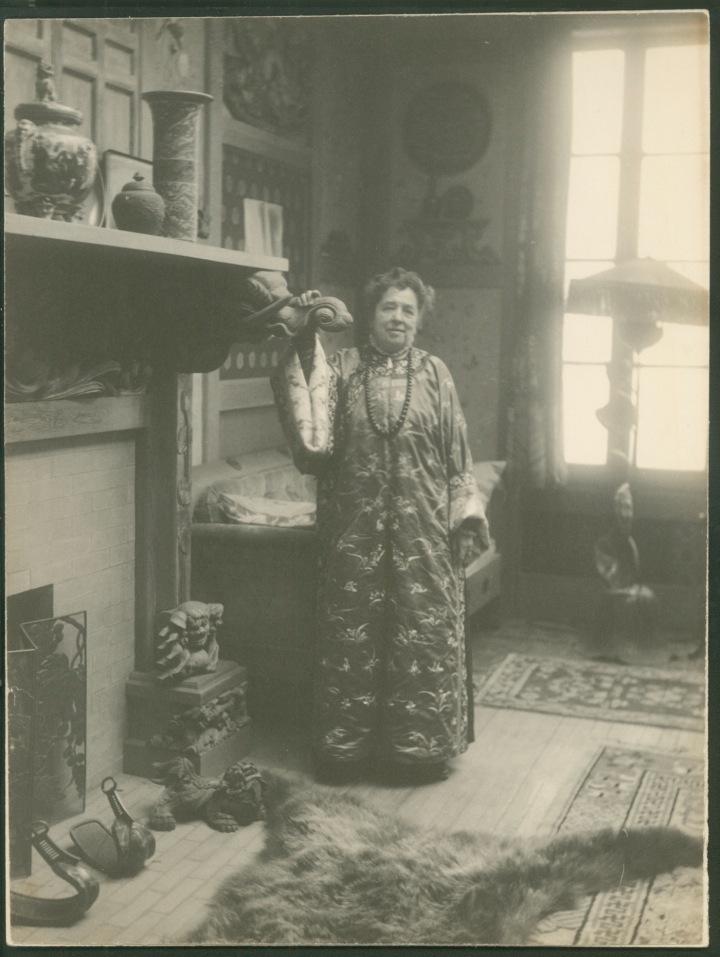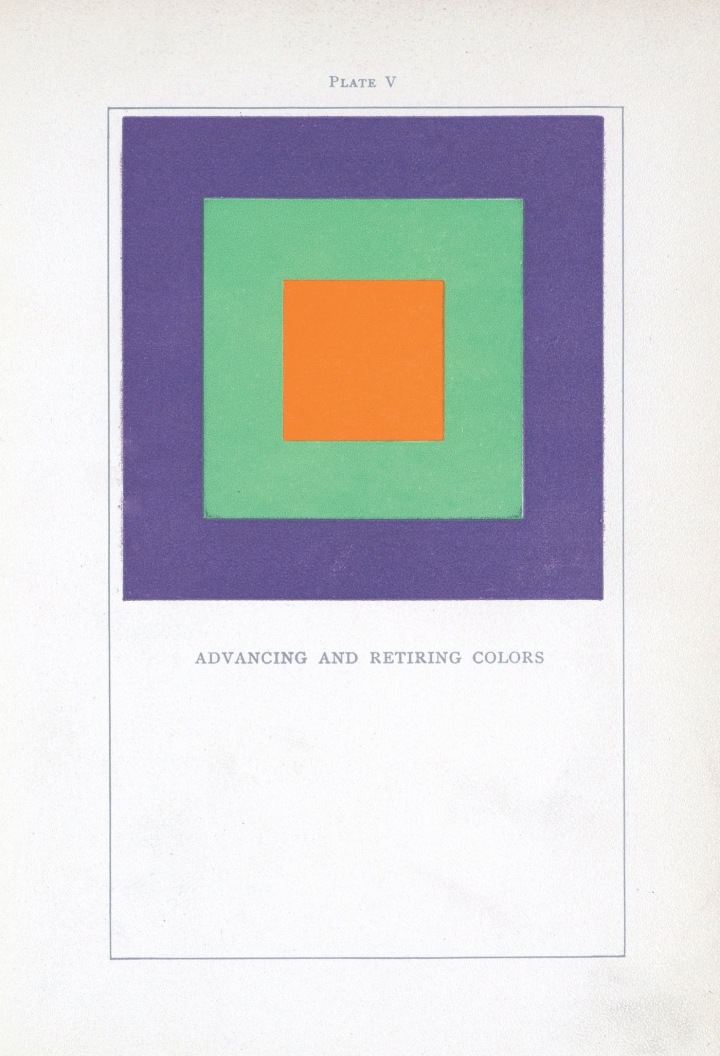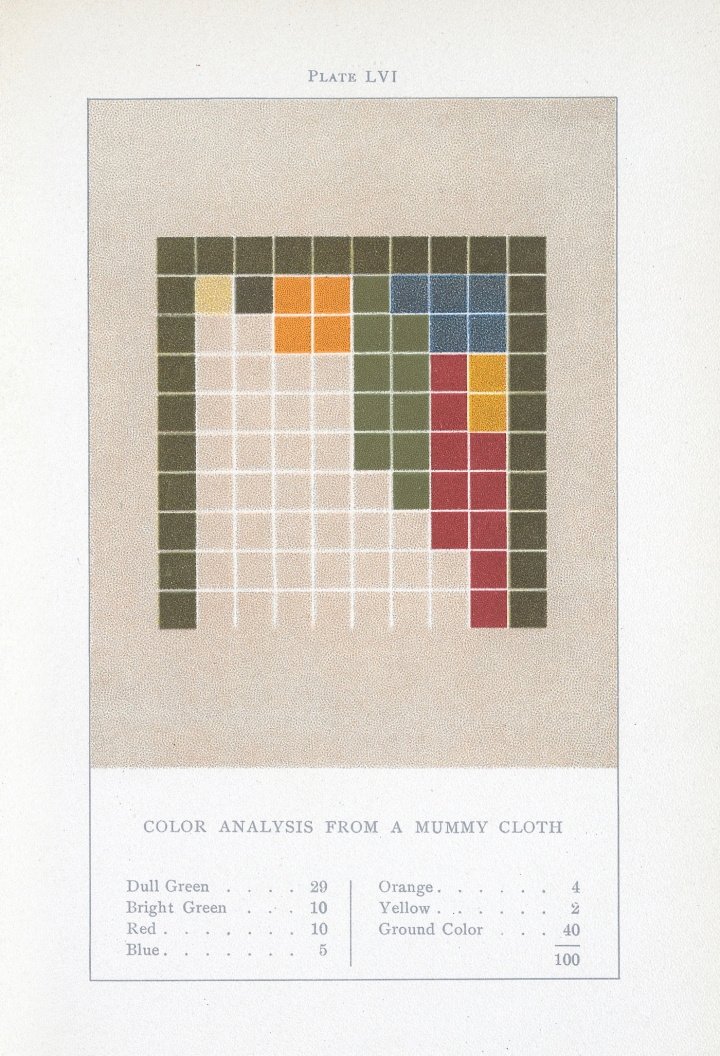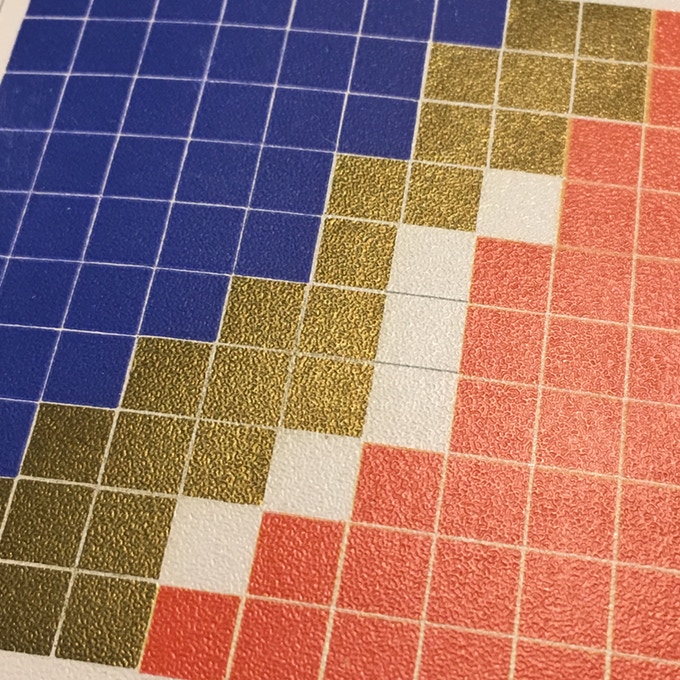Nina Simone’s Childhood Home Preserved
Singer, pianist, songwriter, and civil rights activist Nina Simone, who died in 2003, made a lasting impact on the U.S., and now four artists are working to make sure her legacy lives on by saving her childhood home in Tryon, North Carolina.
 The home, a three-room, 660-square-foot clapboard pier and beam house, is where Simone—born Eunice Waymon—taught herself to play piano by ear at the age of three. It had been vacant for 20 years, until going on the market in December 2016. That is when artist Adam Pendleton received an email from Laura Hoptman, a curator of contemporary art at The Museum of Modern Art, letting him know that Simone’s childhood home was for sale. When Hoptman mentioned that she had also emailed artist Rashid Johnson, Pendleton had an epiphany. “I had an aha moment and said, ‘Wait a minute, we could purchase this house together. It could be a collective act, a collective gesture.’” With Johnson on board, they recruited artists Ellen Gallagher and Julie Mehretu. “We both agreed that it would be a more meaningful gesture if other artists were involved,” he says. Together the artists purchased the home for $95,000 in March 2017.
The home, a three-room, 660-square-foot clapboard pier and beam house, is where Simone—born Eunice Waymon—taught herself to play piano by ear at the age of three. It had been vacant for 20 years, until going on the market in December 2016. That is when artist Adam Pendleton received an email from Laura Hoptman, a curator of contemporary art at The Museum of Modern Art, letting him know that Simone’s childhood home was for sale. When Hoptman mentioned that she had also emailed artist Rashid Johnson, Pendleton had an epiphany. “I had an aha moment and said, ‘Wait a minute, we could purchase this house together. It could be a collective act, a collective gesture.’” With Johnson on board, they recruited artists Ellen Gallagher and Julie Mehretu. “We both agreed that it would be a more meaningful gesture if other artists were involved,” he says. Together the artists purchased the home for $95,000 in March 2017.

An Activist and Musician from the Very Beginning
Nina Simone’s distinctive voice, sultry blend of classical, blues, and gospel music, and penchant for activism have ensured that the artist’s decades-long legacy still endures today. In her childhood home, she developed a love for her piano and experienced racial discrimination that would shape her world view and social activism later in life. Her mother was a devout Methodist preacher, and her father was entrepreneurial (he had worked as an entertainer early in his own life). Though the Great Depression undoubtedly affected the family’s beginnings, they still provided Simone with opportunities to strengthen her passion—and talent—for music.
 As a young girl, Simone accompanied her mother’s sermons and the church choir on the piano during services. After hearing Simone, then age 6, accompany the community choir at the Tryon Theater, two women convinced her mother she needed formal piano lessons. One of the women, Mrs. Muriel Mazzanovich, was a local piano teacher. She taught Simone at her house in Tryon for the next four years and organized the Eunice Waymon Fund to raise money for Simone to continue her training after she left for high school.
As a young girl, Simone accompanied her mother’s sermons and the church choir on the piano during services. After hearing Simone, then age 6, accompany the community choir at the Tryon Theater, two women convinced her mother she needed formal piano lessons. One of the women, Mrs. Muriel Mazzanovich, was a local piano teacher. She taught Simone at her house in Tryon for the next four years and organized the Eunice Waymon Fund to raise money for Simone to continue her training after she left for high school.
 To thank those who supported the fund, Simone performed her debut recital at the Tryon Library in 1943 at age 11. However, living in a Jim Crow-segregated South, Simone’s parents were forced to give up their seats for white audience members when they arrived at the library. Even then a fierce defender of what she believed to be right, Simone refused to play until her parents were returned to their rightful place in the front row.
To thank those who supported the fund, Simone performed her debut recital at the Tryon Library in 1943 at age 11. However, living in a Jim Crow-segregated South, Simone’s parents were forced to give up their seats for white audience members when they arrived at the library. Even then a fierce defender of what she believed to be right, Simone refused to play until her parents were returned to their rightful place in the front row.
 Simone’s piano education continued with the aid of the Eunice Waymon Fund, while she attended an all-girls boarding school in Asheville, North Carolina. Following graduation, she moved to New York City in 1950 to attend a summer program at Julliard with plans to apply for a scholarship at the Curtis Institute of Music in Philadelphia; however, she didn’t receive the scholarship or admittance to Curtis—allegedly due to her race. Simone instead worked odd jobs before returning to music as an accompanist and private teacher. Eventually, she began playing piano and singing at a bar in Atlantic City. There, Simone changed her name, and her career as the High Priestess of Soul took shape.
Simone’s piano education continued with the aid of the Eunice Waymon Fund, while she attended an all-girls boarding school in Asheville, North Carolina. Following graduation, she moved to New York City in 1950 to attend a summer program at Julliard with plans to apply for a scholarship at the Curtis Institute of Music in Philadelphia; however, she didn’t receive the scholarship or admittance to Curtis—allegedly due to her race. Simone instead worked odd jobs before returning to music as an accompanist and private teacher. Eventually, she began playing piano and singing at a bar in Atlantic City. There, Simone changed her name, and her career as the High Priestess of Soul took shape.
 Much later in her career, Simone returned to Tryon after she had just spent several years living in France and touring Europe. By this point, the artist had built a career, as well as a reputation for expressing her views on civil rights and the racial injustice experienced by African Americans through original songs and covers such as Mississippi Goddam, I Wish I Knew How it Would Feel to be Free, and Four Women.
Much later in her career, Simone returned to Tryon after she had just spent several years living in France and touring Europe. By this point, the artist had built a career, as well as a reputation for expressing her views on civil rights and the racial injustice experienced by African Americans through original songs and covers such as Mississippi Goddam, I Wish I Knew How it Would Feel to be Free, and Four Women.
Simone maintained personal friendships with noted Civil Rights leaders and activists such as Dr. Martin Luther King Jr. and Malcolm X. The turbulence of the 1960s, and tragic events such as the 16th Street Baptist Church bombing, motivated her to express her ideas and emotions through explosive live performances and recordings.
 Throughout her career, Simone exhibited musical genius that couldn’t be denied or ignored. She spoke and sang about topics like standards of beauty for black women, oppression, and righteous anger motivated by hundreds of years of slavery and systemic racism. She traveled the world and performed for over four decades, often following momentous historic events like the Selma to Montgomery March and Dr. King’s assassination. She was, in short, a motivating figure for audiences around the world.
Throughout her career, Simone exhibited musical genius that couldn’t be denied or ignored. She spoke and sang about topics like standards of beauty for black women, oppression, and righteous anger motivated by hundreds of years of slavery and systemic racism. She traveled the world and performed for over four decades, often following momentous historic events like the Selma to Montgomery March and Dr. King’s assassination. She was, in short, a motivating figure for audiences around the world.

A New Future for Nina Simone’s Past
Years later, when Simone’s childhood home had long been empty, it was in danger of demolition. Prior rehabilitation efforts were unsuccessful, and the house went up for sale again in 2017. The artists didn’t have an interest just in Simone’s art—they felt that buying, preserving, and restoring the home was itself a political act, particularly in the wake of prominent movements such as Black Lives Matter and the perpetuation of the racial divide in the United States.
 Like Simone, each artist finds ways to connect their work to African American identity and history. Pendleton uses language to re-contextualize history through re-appropriated images. Johnson’s work combines “racial and cultural identity, African American history, and mysticism,” according to his biography on Artsy. Gallagher reinterprets advertisements for products targeted towards African Americans. Mehretu creates renderings of urban grids to reexamine cultural definitions of place. The artists plan to apply their collective artistic vision to reinterpret Simone’s home into something that reflects her dynamic, complex legacy, but they cannot do it alone.
Like Simone, each artist finds ways to connect their work to African American identity and history. Pendleton uses language to re-contextualize history through re-appropriated images. Johnson’s work combines “racial and cultural identity, African American history, and mysticism,” according to his biography on Artsy. Gallagher reinterprets advertisements for products targeted towards African Americans. Mehretu creates renderings of urban grids to reexamine cultural definitions of place. The artists plan to apply their collective artistic vision to reinterpret Simone’s home into something that reflects her dynamic, complex legacy, but they cannot do it alone.
 With leadership and guidance from the four artists, the National Trust—along with the Nina Simone Project, World Monuments Fund, and North Carolina African American Heritage Commission—is working to preserve Simone’s Tryon home. The National Trust will develop a rehabilitation plan that aligns with the home’s potential future use; identify future ownership and stewardship models for the site; and create additional protections to ensure that this symbol of Simone’s early life and legacy will endure for generations to come.
With leadership and guidance from the four artists, the National Trust—along with the Nina Simone Project, World Monuments Fund, and North Carolina African American Heritage Commission—is working to preserve Simone’s Tryon home. The National Trust will develop a rehabilitation plan that aligns with the home’s potential future use; identify future ownership and stewardship models for the site; and create additional protections to ensure that this symbol of Simone’s early life and legacy will endure for generations to come.


Learn more about Simone’s life and music here
Want to contribute to the preservation of her childhood home? Click here.






























